The exhibition features reconstructions of apartments and storefronts, allowing you to peer into the windows of the jeweler’s shop from 1908 and the fashion store from 1925.
You can also step into the corner grocery store (1938-1950) or stroll down to the harbor and observe the “four-man” working in the cargo hold of a ship bound for England with butter and eggs.
On the first floor, you can visit an entire apartment from 1928 inhabited by a working-class family and explore some of the key rooms from an executive family’s apartment.
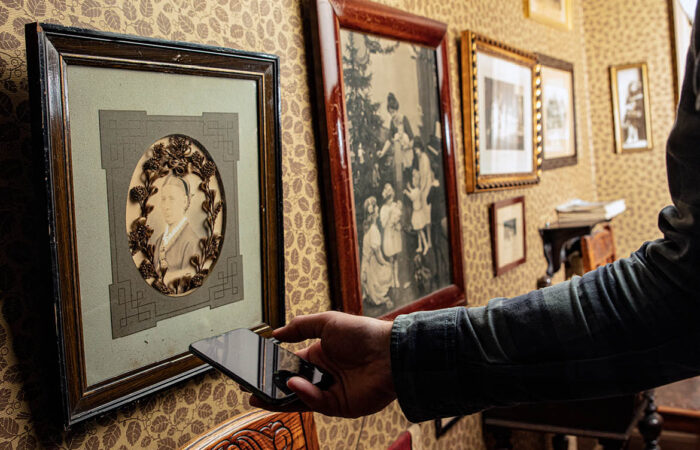
Interested in learning more about the many things and details in the exhibition?
Then download our app, providing access to plenty of fun additional information.
Above the grocery store is a two-room apartment where a worker lived with his wife and 3-4 children.
The worker was a teetotaler, a member of the union, and a Social Democrat.
The apartment is neat and clean, but space was limited with only a kitchen, living room, and bedroom.
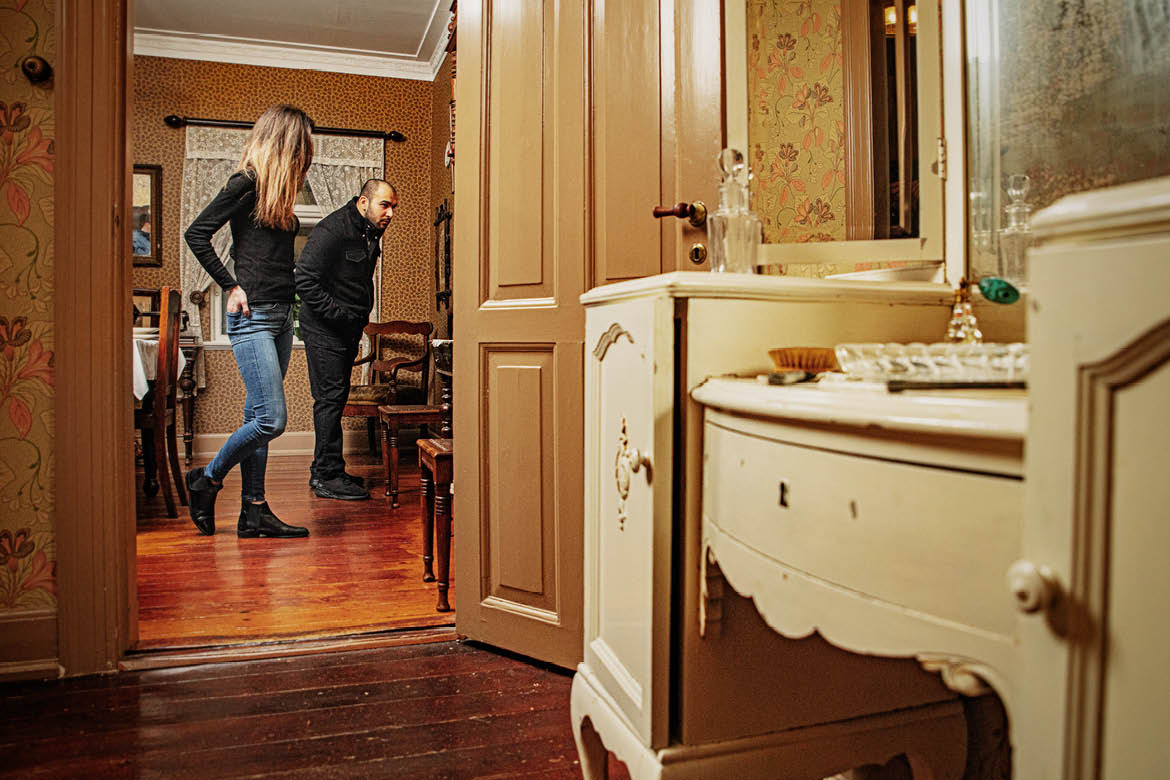
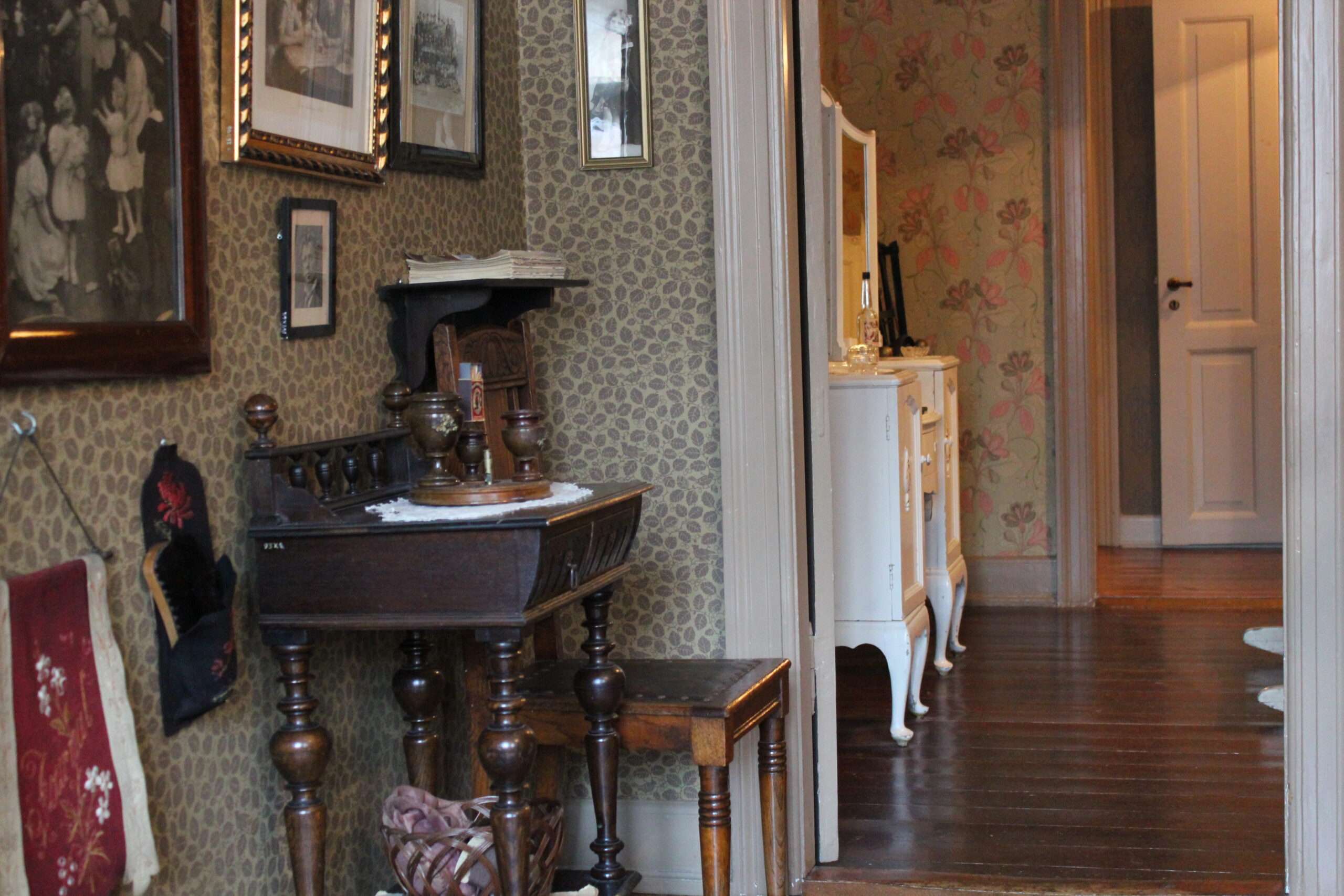
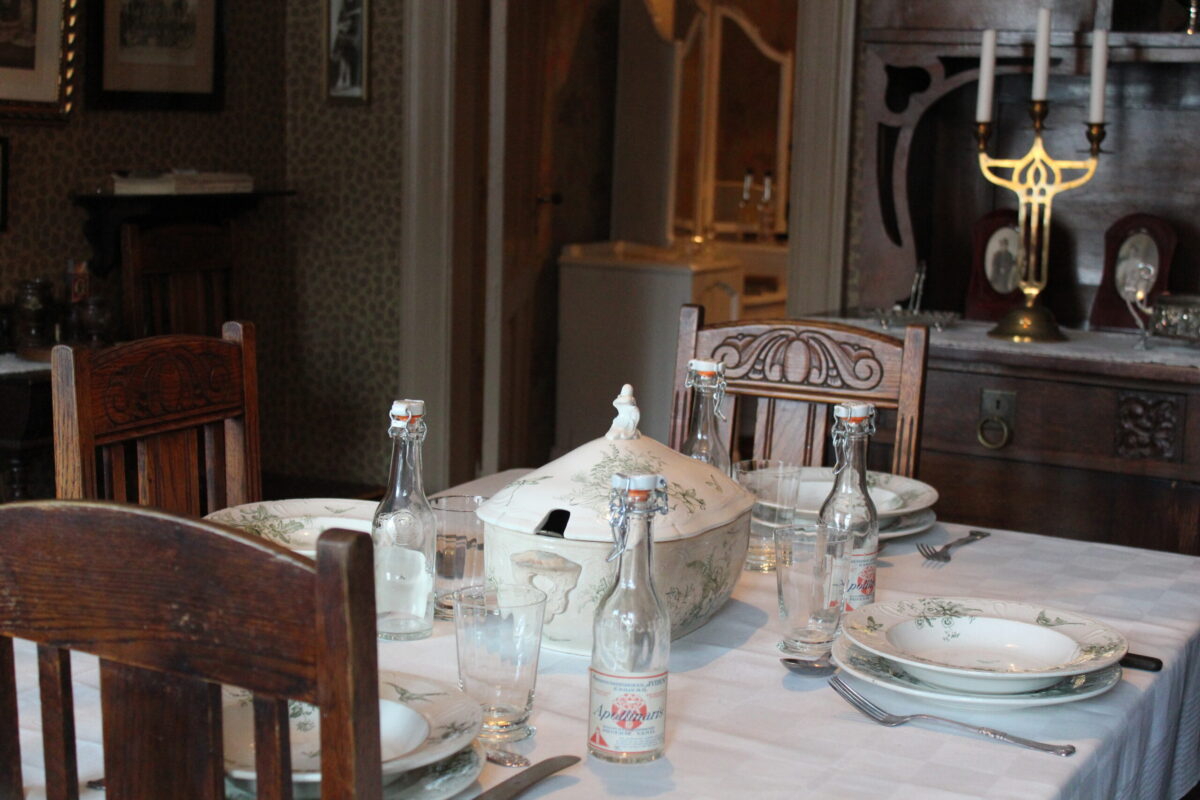
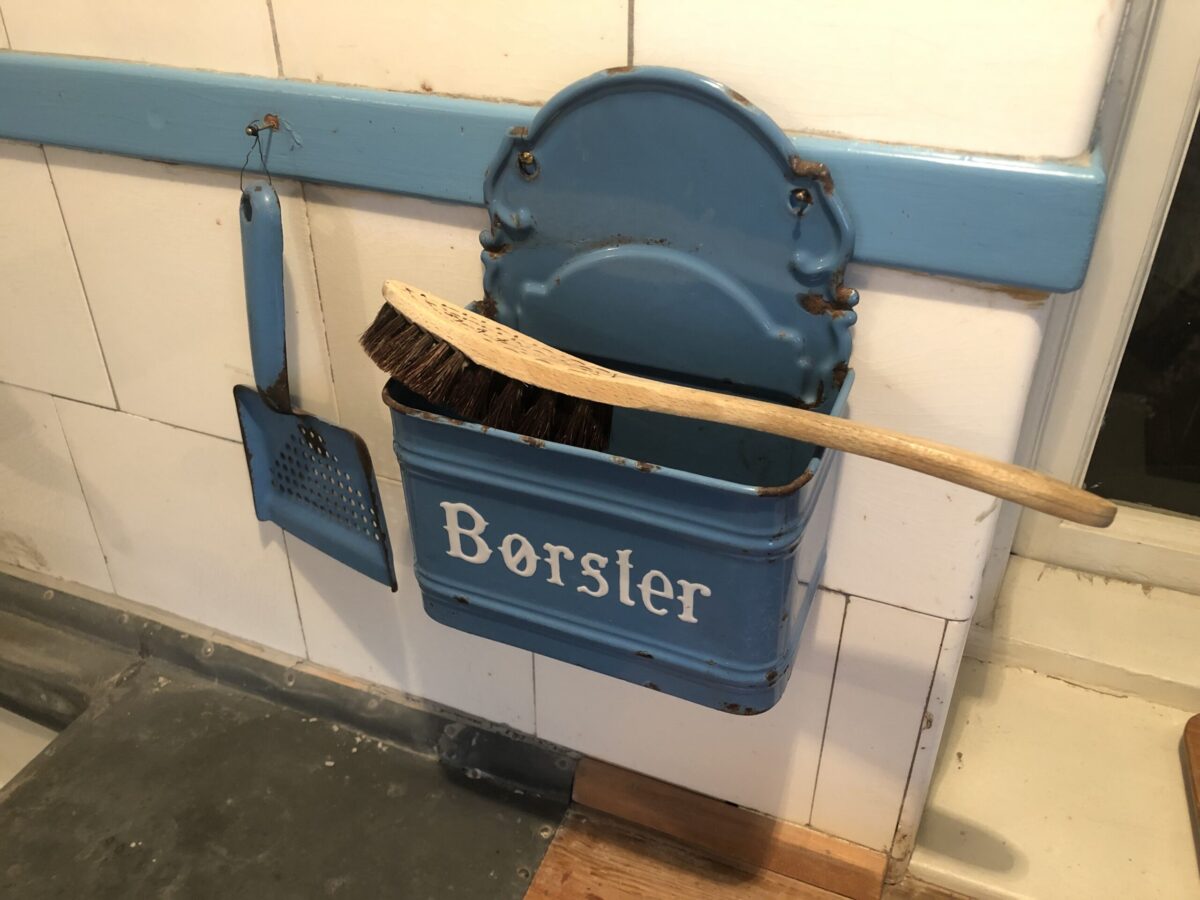
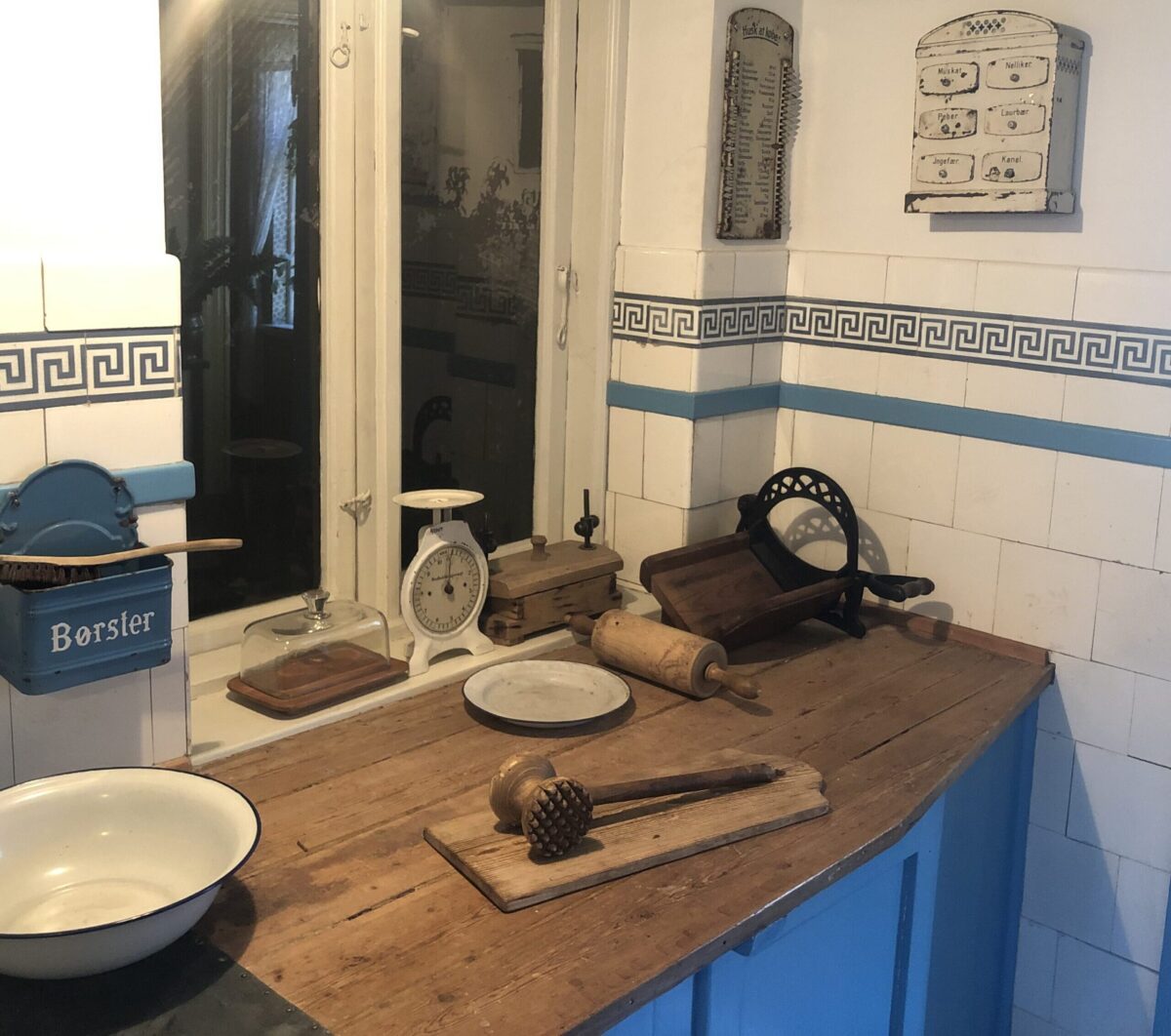
From the bedroom of the working-class apartment, you enter an executive apartment with a toilet (a pull-flush toilet was a luxury!) and a maid’s room.
We only showcase two of the executive apartment’s many rooms: the entrance with a doorbell and the impressive study.
We imagine that the executive owned or managed a butter-packing factory, and the family lived close to the company.
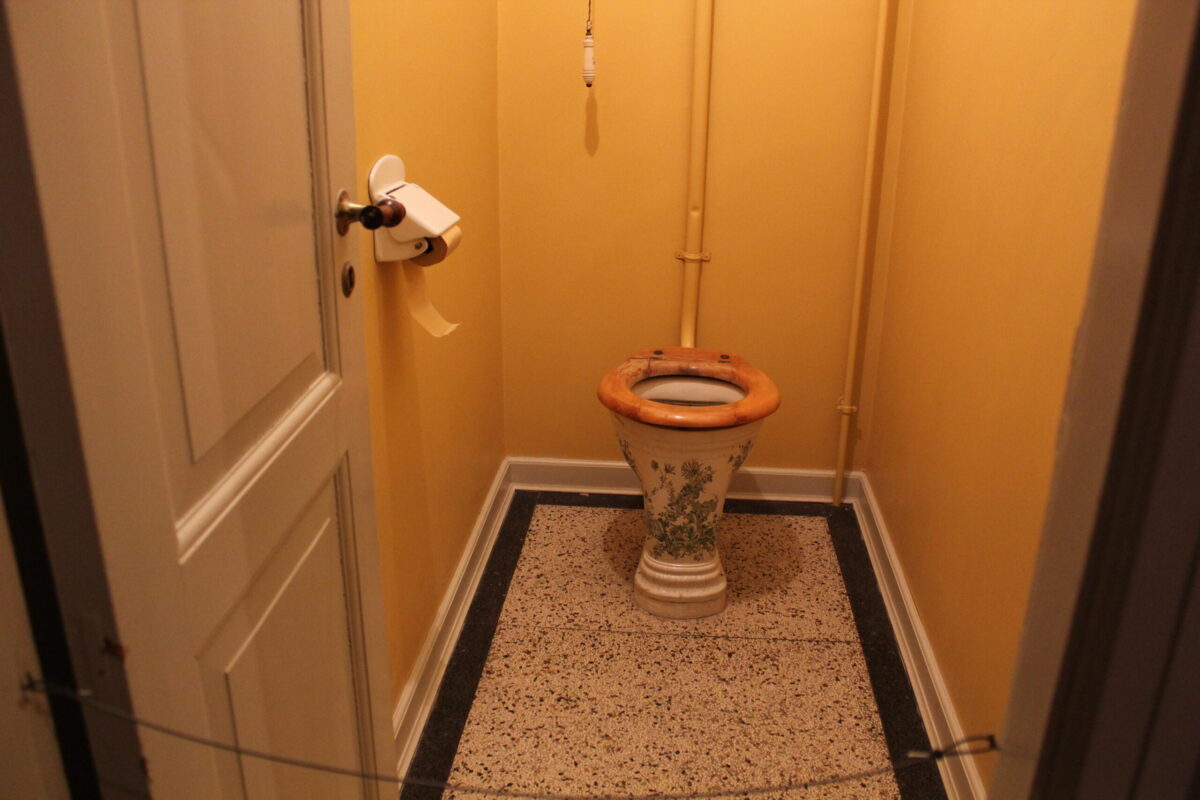
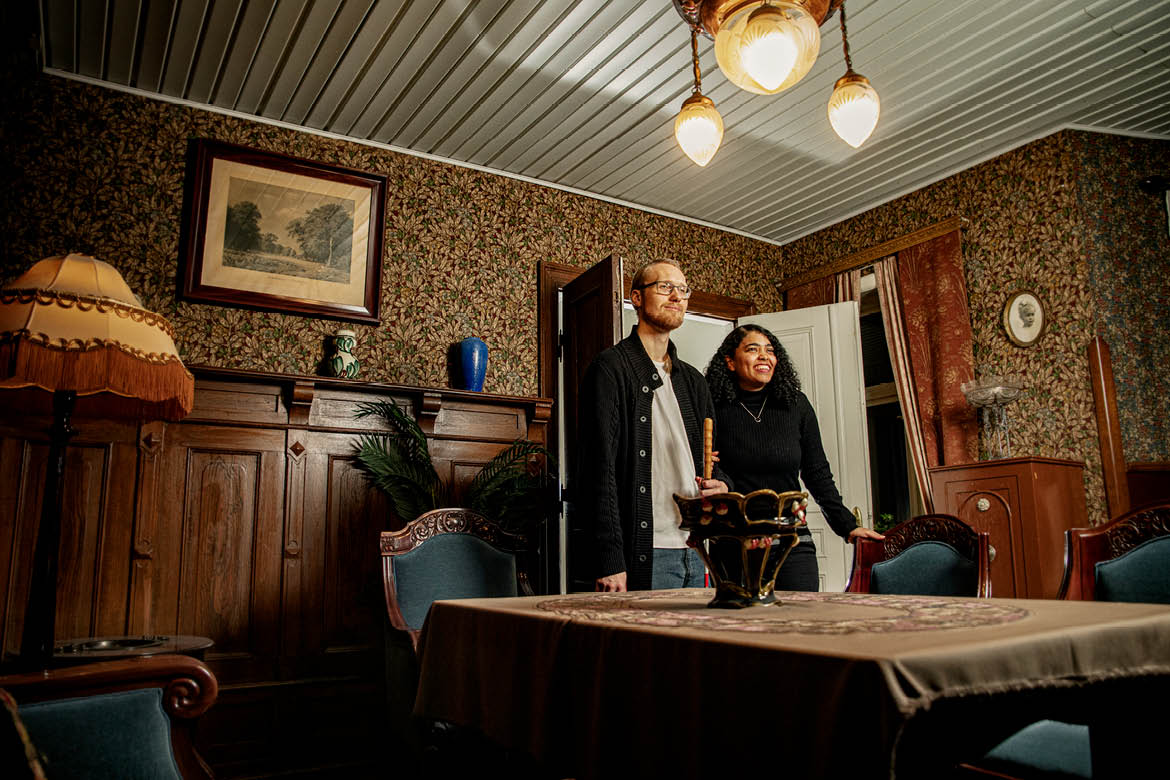
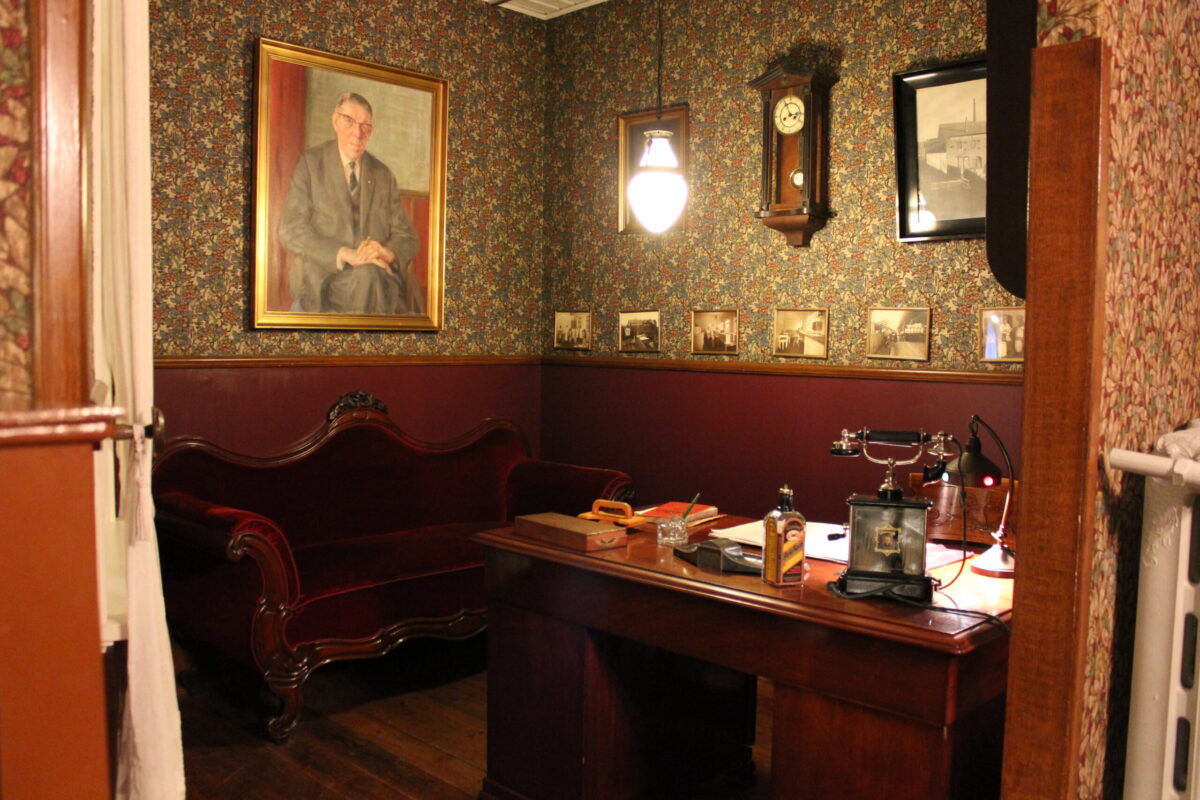
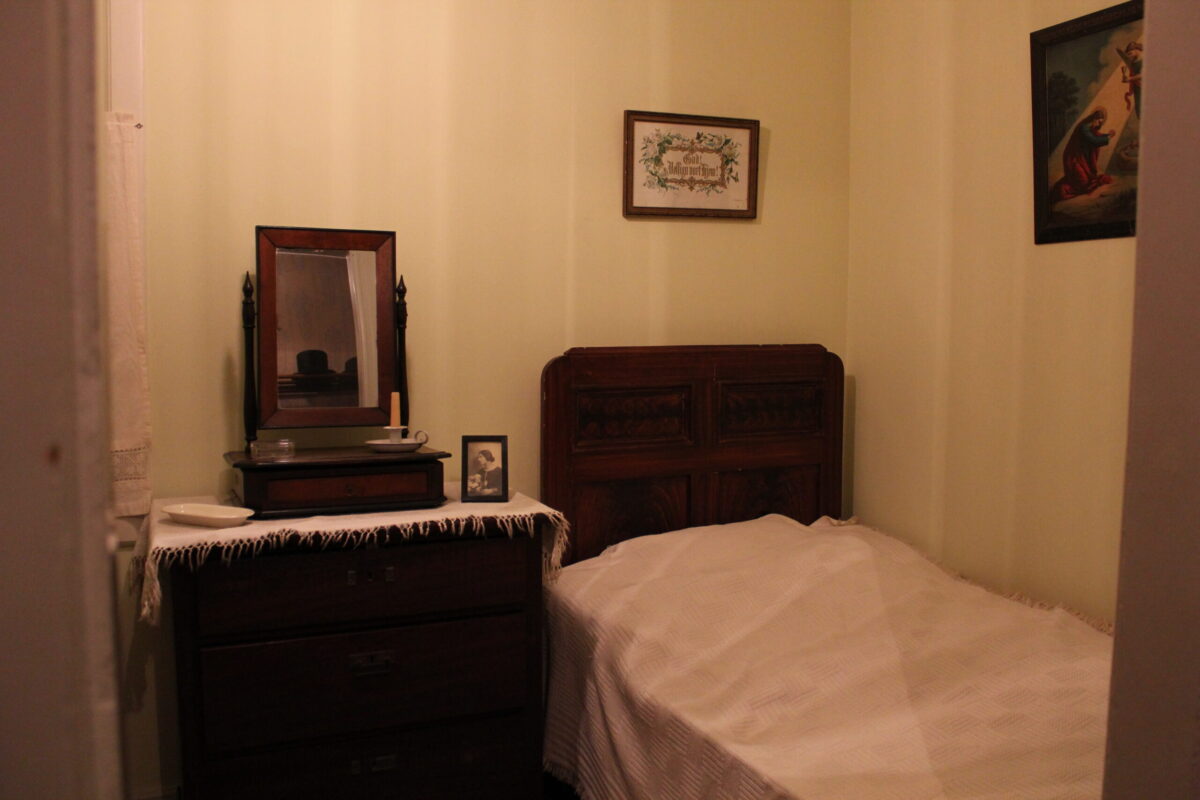
Most doors, windows, floors, and ceilings in the two apartments were salvaged from old houses before they were demolished.
Parts of the wallpapers are reprints of old patterns.
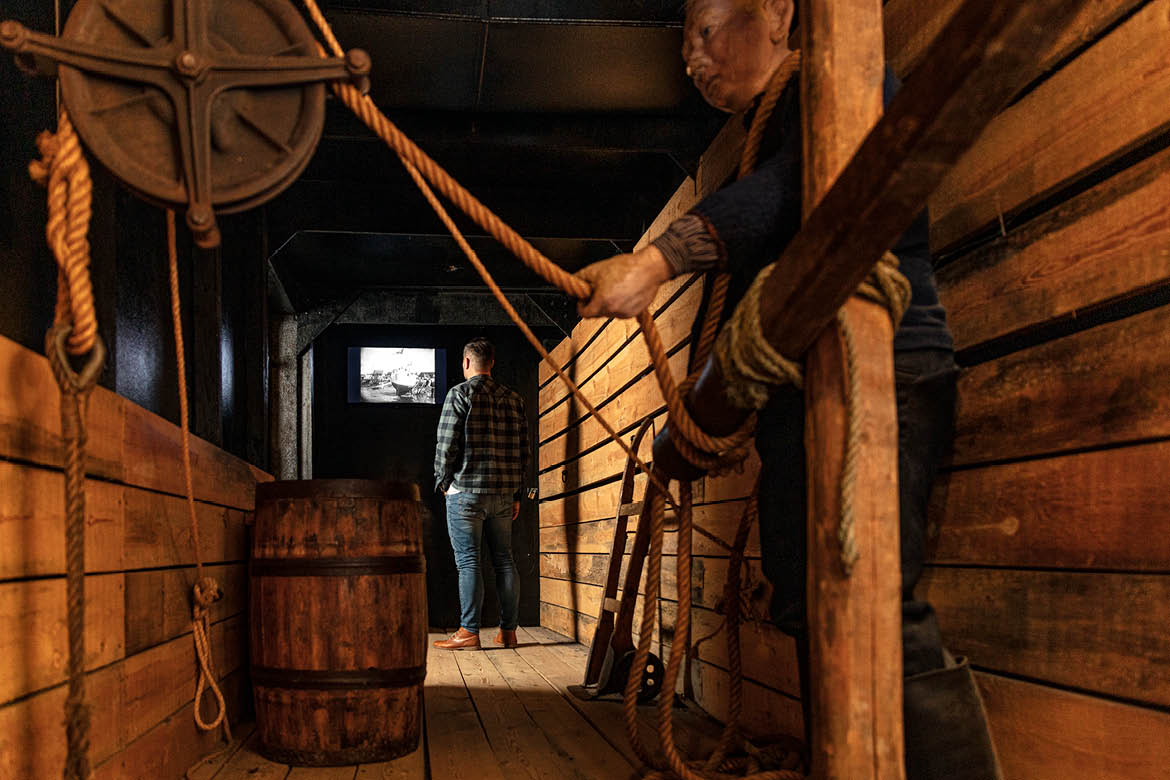
A ship has docked, and you can go in to see the four-man at work.
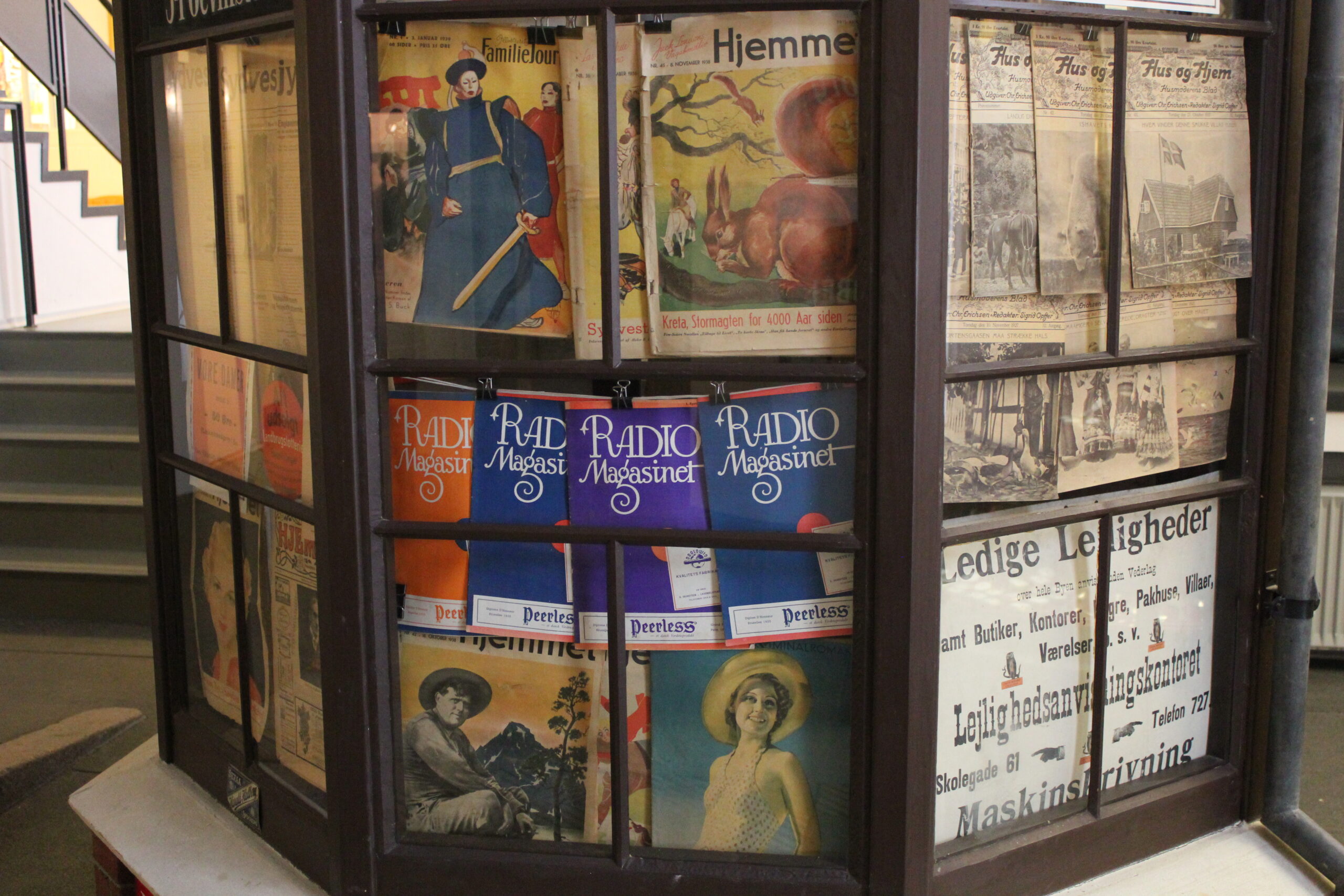
Explore all the advertisements and magazine covers in the kiosk.